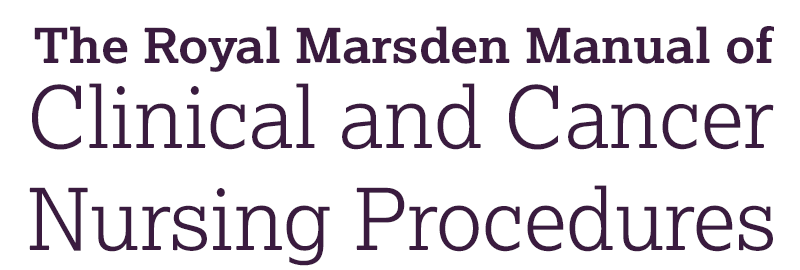Chapter 14: Observations
Skip chapter table of contents and go to main content
Evidence‐based approaches
Rationale
The pulse is taken for the following reasons:
- to gather information on the heart rate, pattern of beats (rhythm) and amplitude (strength) of the pulse (RCN [170])
- to determine the individual's pulse on admission as a base for comparison with future measurements (NHS Health Check [125])
- to monitor changes in pulse (Marieb and Hoehn [110])
- to monitor the efficiency of the individual's circulatory system (Peate and Wild [157])
- to ensure the perfusion of peripheries (Bickley [18]).
Indications
Conditions in which a patient's pulse may need careful monitoring, as part of an overall assessment and in conjunction with other vital signs, are as follows:
- Post‐operative and critically ill patients require monitoring of the pulse to assess cardiovascular stability (the patient's pulse should be recorded pre‐operatively in order to establish a baseline and to make comparisons) (Adam et al. [2], Peate and Wild [157]).
- Hypovolaemic shock can occur post‐surgery due to the loss of plasma or blood from the circulatory blood volume (RCUK [173]). The resulting acceleration in heart rate causes a tachycardia that can be felt in the pulse; the greater the loss in volume, the threadier the pulse is likely to feel (Swanevelder [193]).
- Blood transfusions require careful monitoring of the pulse as an incompatible blood transfusion may lead to a rise in pulse rate early in the transfusion (Robinson et al. [179]) (see Chapter c12: Respiratory care, CPR and blood transfusion).
- Patients with local or systemic infections or inflammatory reactions require monitoring of their pulse to detect sepsis or severe sepsis (Blows [21]). This is characterized by a decrease in the mean arterial pressure and a rise in pulse rate (Marieb and Hoehn [110]).
- Patients with cardiovascular conditions require regular assessment of the pulse to monitor their condition and the efficacy of medications (Wilkinson et al. [215]).
- It is necessary to monitor the pulse of any patient at risk of deterioration, as a change in heart rate is often a response to other pathophysiology and can be a compensatory mechanism (Adam et al. [2]).
- Any patient with compromised circulation or perfusion to a limb, for example post‐surgery or trauma or with vascular disease, requires their pulse to be monitored (Bajwa et al. [11]).
Methods of pulse measurement
Manual
The pulse is measured by lightly compressing the appropriate artery against firm tissue and counting the number of beats in a minute and/or by auscultation the apex of the heart with a stethoscope (Bickley [18]).
Electronic
Automated electronic equipment – such as a pulse oximeter, blood pressure recording devices, 12‐lead ECG or continuous cardiac monitoring – may be used to determine a patient's pulse (Marini and Dries [112]). However, even when a patient has continuous ECG monitoring, it is still essential to manually feel for a pulse to determine amplitude and volume and whether the pulse is irregular (Jackson [86]). In the specific case of pulseless electrical activity, the monitor shows a heart rhythm; however, a pulse is not palpable due to insufficient cardiac output (Coviello [48]).





